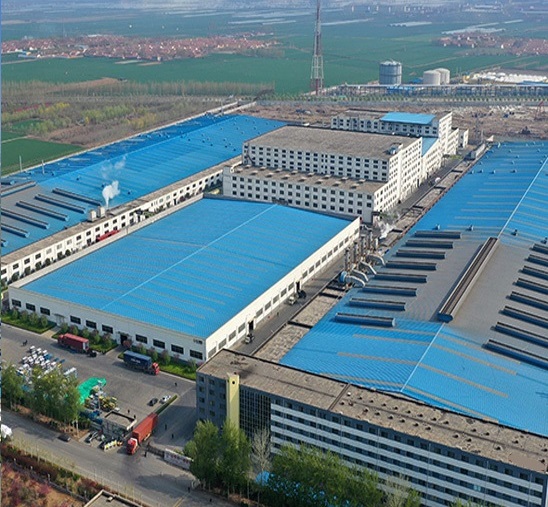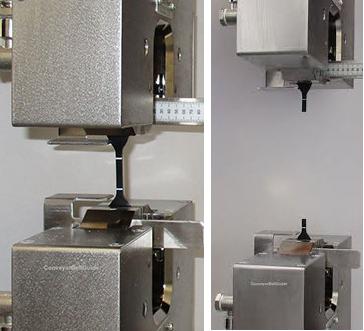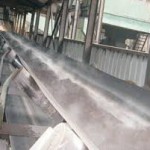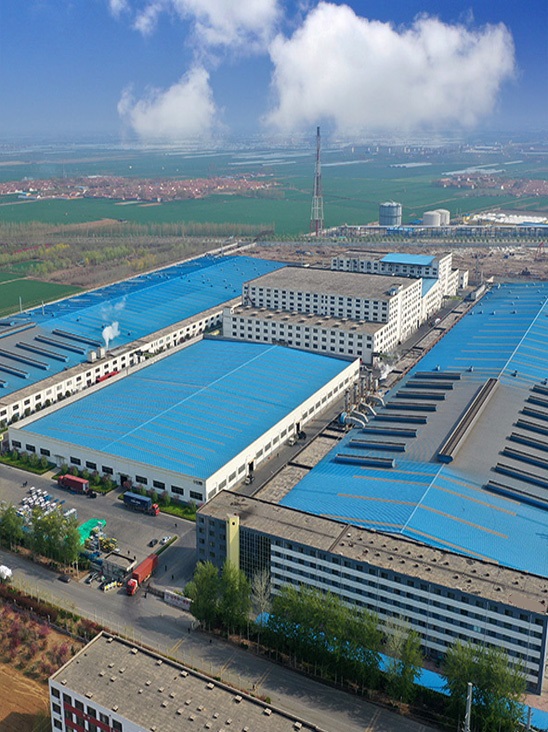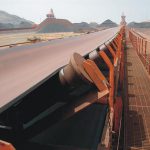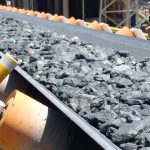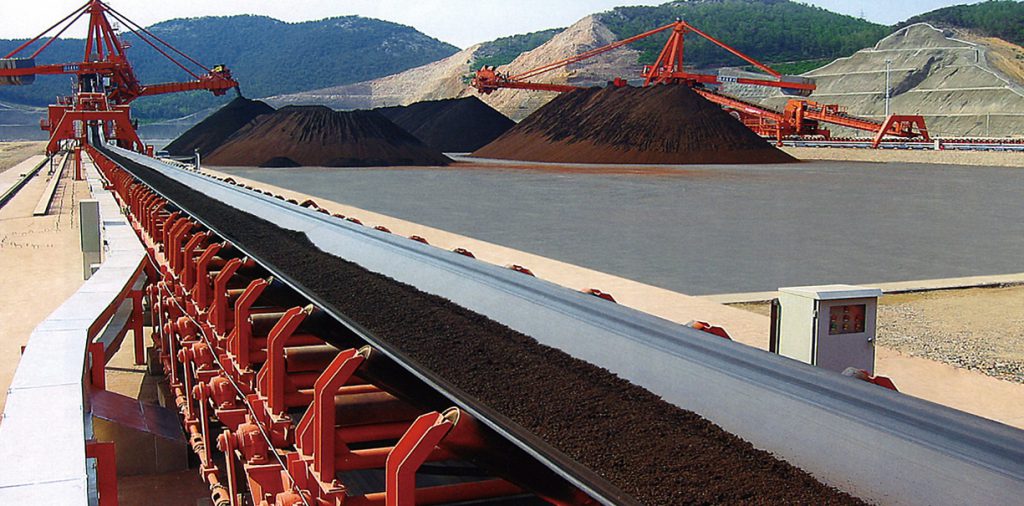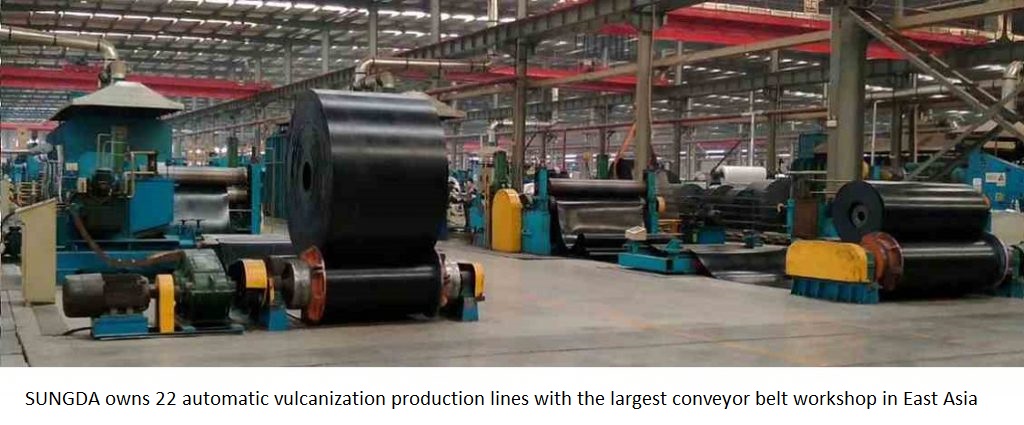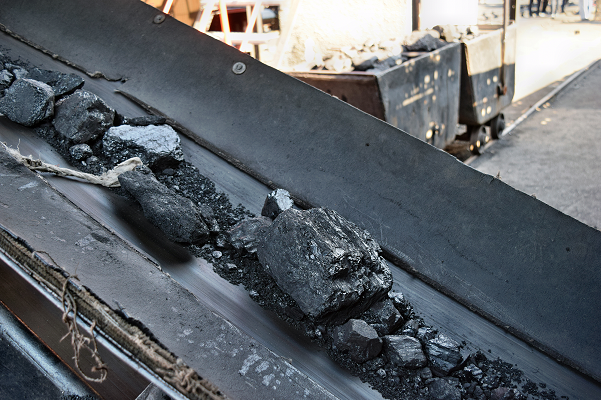How to select the suitable EP conveyor belt?

The conveyor belt is the most expensive and least durable part of the conveyor. During the operation of the conveyor, the conveyor belt is subjected to various properties and sizes and is under extremely complicated stress conditions.
The most typical forms of damage to the conveyor belt are: working surface layer and edge wear; breakdown, tearing and peeling caused by the impact of large ore rock; EP fabric carcass through the conveyor pulley and the roller group subjected to repeated bending stress caused fatigue; Under the action, it causes the strength index to decrease and aging and so on. Calculations show that the cost of the conveyor belt accounts for about half of the total equipment cost of the conveyor. Therefore, according to the use conditions of the conveyor; selecting the appropriate EP conveyor belt, and strengthening maintenance management during operation, extending its service life, is of great significance to improve the working efficiency of the conveyor and reduce the production cost of the conveyor. The conveyor belts used in general-purpose belt conveyors are available in rubber EP conveyor belts and plastic belts.
The rubber EP conveyor belt is suitable for working environment temperature between -10 and +40 °C, and the material temperature should not exceed +50 °C. When the temperature exceeds 50 ° C, the elasticity of the EP conveyor belt begins to disappear, and if the temperature is too low, the EP conveyor belt becomes hard and cracks occur. When the temperature exceeds +90 °C, the fireproof EP conveyor belt should be used; when the temperature is lower than -15~-55 °C, the cold-resistant EP conveyor belt should be used.

EP conveyor belt
Tags: EP conveyor belt
